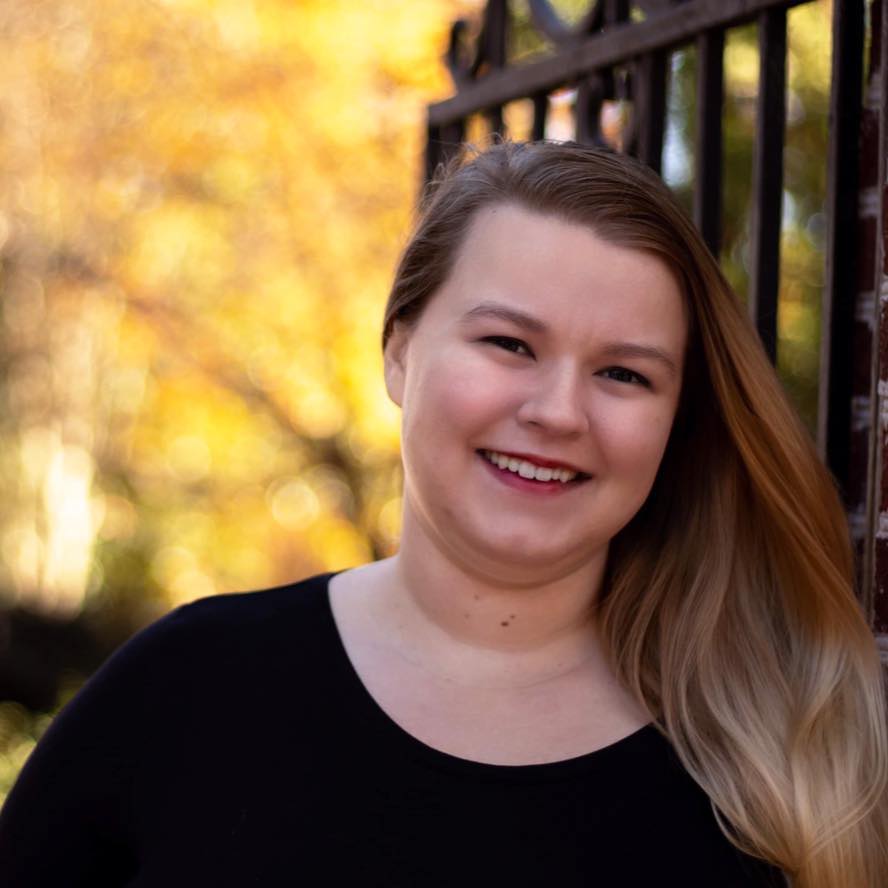When I first started teaching, in the Fall of 2022, I was surprised by how often things that seemed obvious to me eluded the grasp of my students. This wasn’t about course material: that, I expected to have to teach them. But I was surprised by how often students didn’t seem to know things that are basic to higher education: How should you read a research article? What counts as plagiarism? When should you ask for help?
Once I learned about the hidden curriculum, or “the set of tacit norms, policies, and expectations in an educational context that insiders expect all students to follow but are often not taught explicitly”, this lack of knowledge made sense. Students dealing with the hidden curriculum at the college level are often dealing with it alone: they may not have family to ask about norms, or may feel embarrassed about not knowing what to do. This hidden curriculum is important because we often use its standards to judge students, and it is unfair to judge students based on expectations they were not aware of.
In order to help students become aware of the expectations and standards on which they may be judged, I’ve started using the first week of class to introduce students to the idea of the hidden curriculum, explicitly addressing its specific norms, policies, and assumptions. I start by telling students the story of how I learned to read, not as a child, but how I learned to read again when I first entered college. I tell them how I was first taught to read linearly when I was young: to start with the first sentence of the picture book and end with the last one, reading every single word in a row. But when I entered college, I realized that this way of reading was not always so helpful. In college we’re often reading something for a particular purpose and, depending on that purpose, we should change our reading strategies. I explain to students that learning to read differently was difficult for me and that it was made even more difficult by never being explicitly told that my linear reading strategy wouldn’t always work. With that story, I explain to students that we’re going to spend some time discussing some parts of the hidden curriculum. I let students know that, while some of this information might not be new to them, it will be new to others, and I want all my students to start off on equal footing in my classroom.
Then, I get into the aspects of the hidden curriculum that I think are especially important to success in sociology classrooms. I discuss what a journal article is and how to read them, how to communicate effectively with professors through email, the difference between “doctors” and “professors”, what plagiarism is, and the plagiarism review process, to name just a few. This past semester, I also explicitly talked about ChatGPT and AI. In addition to these topics, I also introduce students to various offices and resources around campus that could be useful for students going through a difficult time. While perhaps not technically under the umbrella of the hidden curriculum, I think that ensuring that students are aware of where to seek help strengthens my main goal, which is to ensure that all of my students have the knowledge they need to thrive in college.
Students appreciate going over the hidden curriculum. Even though I go over this the first week of school, students often come up to me after class enthusiastic about this new knowledge. One example from this past semester is that a student who was going through a bit of a financial dilemma told me that they were not aware of the offices on campus that might help them, and told me they were going to get in contact to hopefully help with their problem.
Discussing the hidden curriculum does not, of course, mitigate the effects of the social inequalities that make its discussion important in the first place. Students come into the classroom with different levels of cultural capital, and this exercise does not and could not make everything equal between all students. However, I think that it is an important first step in helping students who don’t already have this particular knowledge by giving them new tools to succeed in my class and throughout the rest of their time in college. It is an easy way to demonstrate to students that you care about creating a more equitable classroom and sets you up for continuing that atmosphere for the rest of the semester.

Kylie M. Smith is a sixth-year doctoral candidate at the University of Georgia. She has taught several courses for the sociology department including Introductory Sociology, Sociology of Gender, and Social Psychology. Her research interests include gender, social psychology, and inequality.


Comments